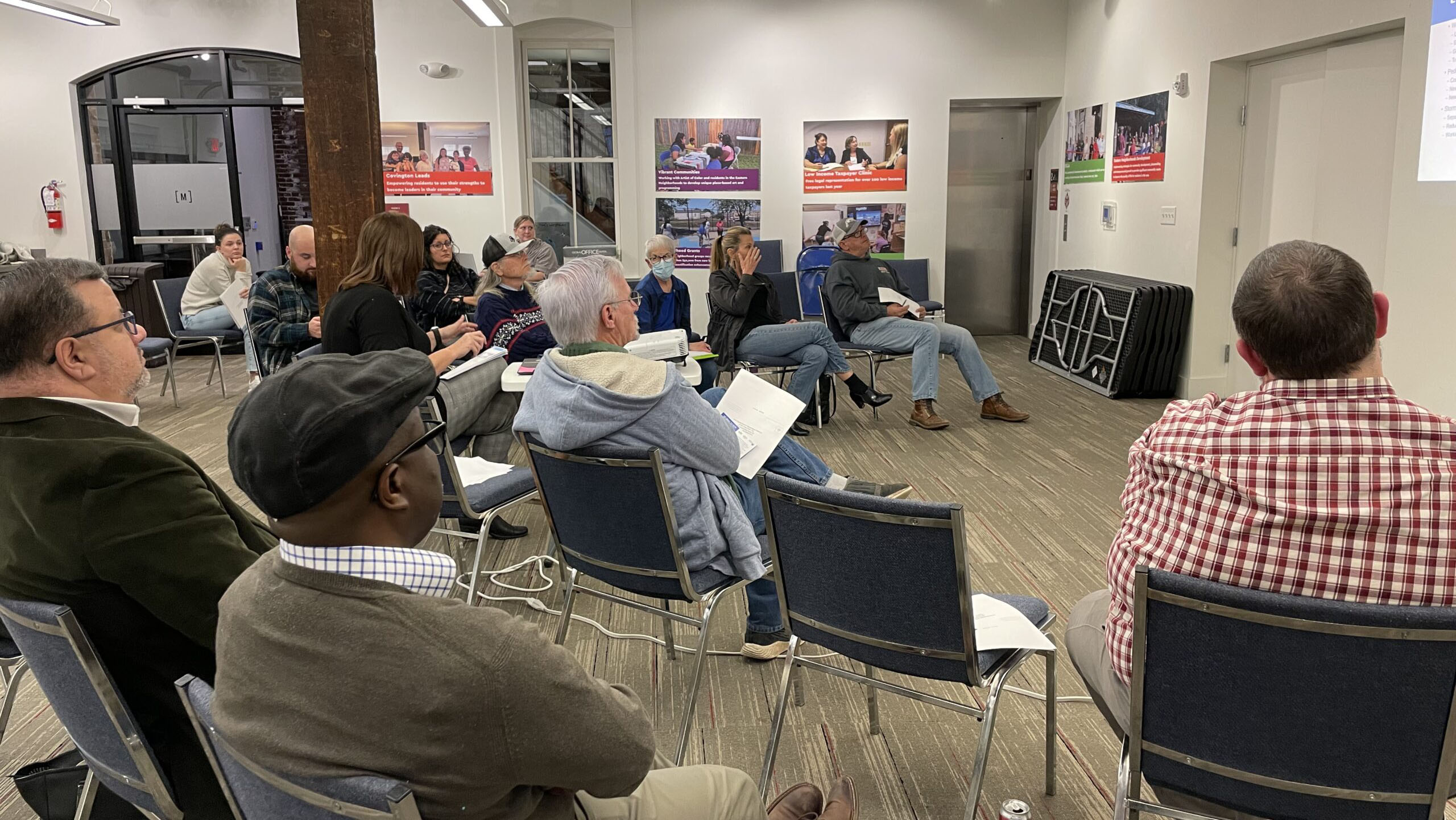The Brent Spence Bridge Corridor Project will provide multiple quality-of-life improvements thanks to a process that assesses the project’s impacts and provides the public with the opportunity to review and comment on those evaluations.
The National Environmental Policy Act of 1969, sometimes referred to as NEPA, requires projects funded with federal money to adhere to strict guidelines that ensure agencies assess the environmental effects of their proposed actions before making decisions. The legislation also requires agencies to solicit the opinions of residents and other interested parties.

Since the inception of the BSBC project, the Ohio Department of Transportation and the Kentucky Transportation Cabinet have worked closely with local partners to include design features that substantially reduce impacts on people and the natural environment.
These features were included in the project’s supplemental environmental assessment, which was required under NEPA regulations. The Federal Highway Administration reviewed the assessment and concluded in May 2024 the project will have no significant impact on the environment. As a result, this cleared the way for the project to advance to design and construction.
A supplemental assessment was required to assess updated regulatory requirements, changed site conditions and other considerations since the original environmental assessment was approved in 2012.
KYTC and ODOT conducted 16 neighborhood meetings and two open house events to collect comments on the project plan before the assessment was submitted. In addition, five public hearings were conducted to review and discuss the assessment. More than 550 individuals attended four in-person hearings.

Features of the project that are a direct result of the environmental process and its related public comment opportunities include:
- A new “street grid” will reconnect downtown Cincinnati with Queensgate;
- A total of 11 acres will be freed up for development in downtown Cincinnati;
- The highway in Covington will be lowered by as much as 30 feet between Ninth Street and the new companion bridge to preserve views of hills west of downtown;
- Entrance to the interstate system in Covington will remain near Pike Street, allowing Ninth Street to retain its residential character;
- Existing features such as walking trails and basketball courts will be repositioned and rebuilt in Goebel Park to offset a loss of space; and
- Transparent noise walls between Interstate 71/75 and the park will enable the Carroll Chimes Clock Tower to be seen from the highway.
